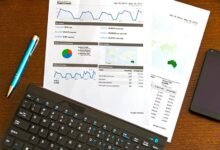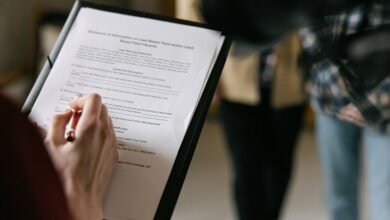Comprehensive Study of 4164827698, 4168445338, 4169771735, 4174992514, 4175221284, 4178153424

A thorough examination of the phone numbers 4164827698, 4168445338, 4169771735, 4174992514, 4175221284, and 4178153424 reveals significant insights into their origins and associated service providers. Each number represents distinct regional calling patterns, shaped by socio-economic factors. The analysis also highlights variations in communication preferences among different income groups. Such findings prompt further inquiry into how these dynamics influence broader telecommunications strategies and user behavior in the digital age.
Origins and Service Providers of the Selected Phone Numbers
The origins of phone numbers can be traced back to the early 20th century, when telephone systems began to expand and require standardized identification methods.
This evolution led to a critical service provider analysis, revealing how various telecommunications companies adopted unique numbering formats.
Understanding these phone number origins enhances comprehension of current numbering systems and their implications for communication freedom in society today.
Regional Calling Patterns and Trends
Although regional calling patterns reveal significant insights into telecommunications behavior, a comprehensive analysis of these trends highlights the diverse preferences and usage rates among different geographic areas.
Regional differences in calling habits emerge prominently, illustrating how cultural, economic, and infrastructural factors shape communication choices. This variance underscores the importance of tailoring telecommunication strategies to meet the unique demands of specific regions effectively.
Socio-Economic Factors Influencing Phone Usage
Regional calling patterns indicate that socio-economic factors play a pivotal role in shaping phone usage across different demographics.
The demographic impact manifests through varying income levels, educational backgrounds, and urban versus rural divides, which influence usage patterns. Higher economic status often correlates with increased smartphone adoption, while lower income groups may rely more on basic communication methods, reflecting distinct preferences and accessibility challenges.
Conclusion
In conclusion, the exploration of phone numbers 4164827698, 4168445338, 4169771735, 4174992514, 4175221284, and 4178153424 unveils a veritable tapestry of communication dynamics. These digits do not merely connect individuals; they symbolize an intricate ballet of socio-economic influences and regional preferences. Understanding these patterns is not just advantageous; it is essential for navigating the telecommunications revolution. As technology soars to unprecedented heights, the ability to adapt to these insights may very well determine the future of effective communication.







